When thinking or even reminiscing about famous films it is easy to lose track of which films truly matter. The National Film Registry highlights culturally significant films so you can focus on what shaped American life. With so many titles streaming at once, key works slip past even devoted fans.
That raises a fair question, which films actually define American film history? Here is the simple truth. Each year the Library of Congress adds important preserved films to a growing cinematic heritage collection. These choices include many iconic American films you hear quoted every day.
This guide walks you through classic movies preservation, why these titles earned a place, and how they still speak to you today. You will see how history, craft, and emotion blend into landmark stories that last.
Ready to explore this gallery of cultural icons?
Key Takeaways
- The National Film Registry at the Library of Congress adds at least 25 culturally significant American films each year to protect our film heritage.
- To qualify, a movie must be ten years old and show clear cultural, historical, or artistic value based on expert and public nominations.
- Standout examples of famous films include Casablanca (1942), Citizen Kane (1941), The Godfather (1972), and Star Wars: Episode IV – A New Hope (1977).
- Classic movies preservation guards against decay and loss, keeping universal themes like love, identity, and social change available to future viewers.
- These works shape today’s storytellers by modeling bold choices in writing, performance, and visual style across different eras of American cinema.
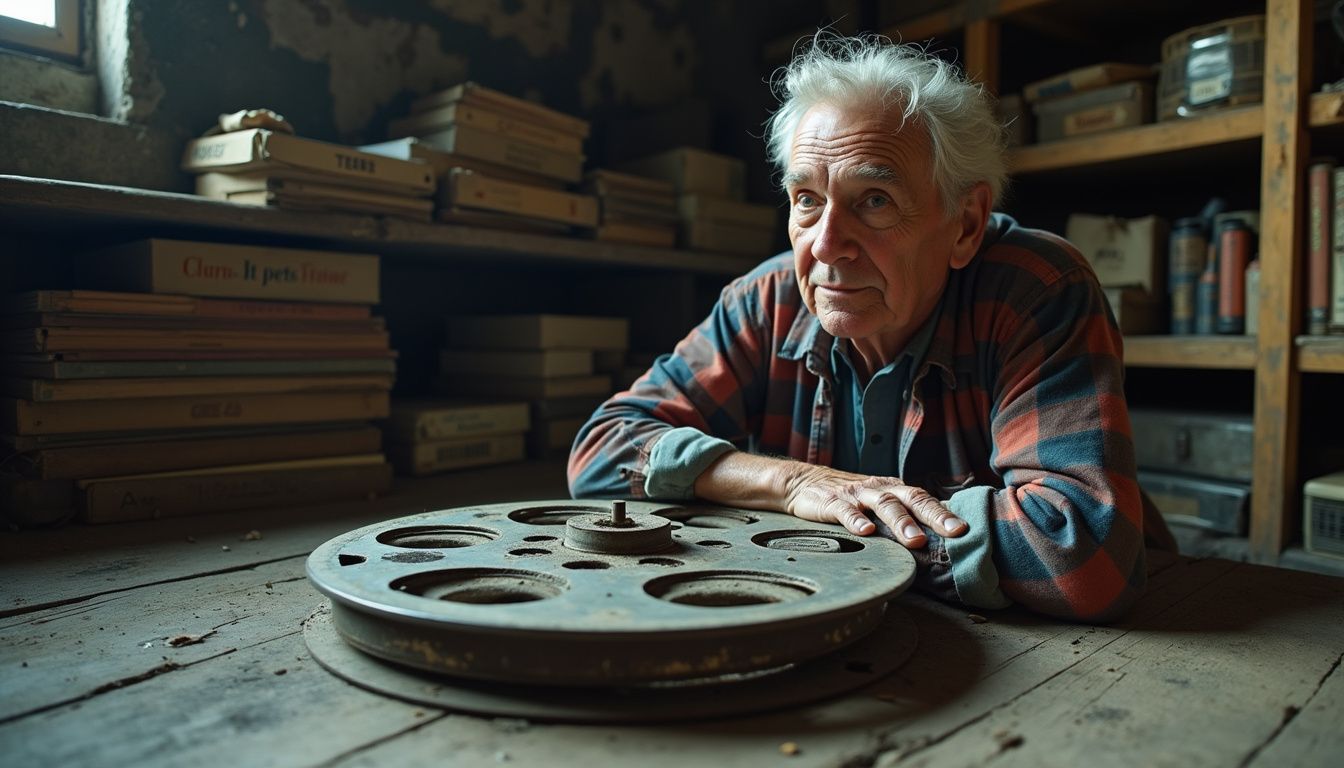
The Criteria that could determine a film’s significance
A film’s selection for preservation as culturally, historically, or aesthetically significant relies on criteria set by the National Film Preservation Board and the Library of Congress. Films must be at least ten years old and are considered regardless of genre, length, or format—hollywood features, documentaries, experimental films, animation, and even home movies are eligible.
Core Criteria
-
Cultural Significance
-
Reflects or influences broad aspects of society, communities, or national character.
-
Shapes or illustrates cultural movements, trends, or values.
-
Shows impact on public discourse or popular consciousness.
-
-
Historical Significance
-
Documents, represents, or interprets important events, eras, or figures.
-
Offers insights into the evolution of filmmaking or societal change.
-
Acts as a historical record of people, places, or practices that define an era.
-
-
Aesthetic Significance
-
Demonstrates artistic achievement, innovation, or distinctive style.
-
Advances cinematic techniques, storytelling, or visual presentation.
-
Is regarded for artistic merit by critics, scholars, or audiences, sometimes changing the way films are made or viewed.
-
Other Considerations
-
Public nomination plays a vital role; anyone can recommend up to 50 films per year for review by film experts.
-
Selection is not an endorsement of a film’s ideology or content, but recognition of its impact and importance to film and culture.
-
The Registry seeks diversity in genre, format, and voice, ensuring representation of underrepresented perspectives.
These criteria ensure that preserved films embody key facets of American cinema, whether through their social resonance, documentation of history, or their unique artistry.
SHOP NOW ZAZZLE - CLICK BELOW
How does the ten-year eligibility rule affect modern film selection?
The ten-year eligibility rule requires that a film be at least ten years old before it can be considered for preservation by the National Film Registry. This ensures that a film’s impact, relevance, and significance are assessed with the benefit of hindsight rather than immediate popularity or hype.
Impact on Modern Film Selection
Delayed Recognition
Recent and influential films—no matter their immediate cultural popularity—must wait a decade before possible inclusion, encouraging reflection on lasting significance. This means landmark movies from the last ten years are not yet eligible, keeping the Registry focused on works with demonstrated enduring importance.
Historical Perspective
The rule allows time for a film’s legacy and influence to develop, helping ensure that selections aren’t shaped by fleeting trends or temporary acclaim.
Broad Diversity
Once eligible, modern films across genres—from blockbusters to independent productions—join classics and older works, contributing to a comprehensive record of American film culture over time.
The ten-year rule is designed to promote thoughtful curation and help distinguish true significance from temporary popularity, anchoring the Registry’s selections in lasting cultural, historic, or artistic value.
Historical factors make a famous films qualify as “culturally significant”
A film qualifies as culturally significant when it meaningfully reflects, shapes, or documents aspects of society, identity, attitudes, and trends. Key historical factors include:
Reflection of Culture and Society
Films mirror the values, beliefs, and social norms of their era, offering insight into everyday life, community issues, and the broader cultural landscape.
Political and Ideological Influence
Films may reinforce or challenge prevailing ideologies, serve as platforms for commentary or activism, or influence public attitudes toward social and political issues.
Cultural Preservation
By depicting stories, traditions, and historical events, films act as cultural archives, capturing and preserving diverse experiences and heritage for future generations.
Identity and Representation
Authentic portrayals of underrepresented groups shape how communities see themselves and are perceived, impacting cultural identity and social change.
Language, Trends, and Fashion
Films introduce idioms, slang, and influence fashion—from iconic phrases to evolving styles—that become embedded in social consciousness.
Empathy and Understanding
By allowing viewers to experience diverse perspectives, films foster empathy and compassion for different backgrounds and struggles.
Artistic and Narrative Innovation
Groundbreaking artistic choices and storytelling methods can redefine genres or cinematic conventions, influencing subsequent cultural production and aesthetic standards.
These historical factors ensure that culturally significant films represent not only artistic achievement but also the lived realities, aspirations, and ongoing dialogues of the society from which they originate. This is why selections for national preservation—like the National Film Registry—cover documentaries, blockbusters, avant-garde, and inclusive narratives that collectively shape American film heritage.
Historical events that most often elevate a film’s cultural significance
Films often achieve cultural significance by dramatically portraying or interpreting major historical events that impact societies, identities, and collective memory. The most influential events include:
Wars and Conflicts
World Wars, civil wars, revolutions, and their aftermath (e.g., “Schindler’s List” and the Holocaust, “Dunkirk” and WWII).
Movements for Social Justice
Events associated with civil rights, independence, anti-slavery, women’s suffrage, and the fight against oppression (“Gandhi”, “Selma”, “Roots”). These films help document struggles for equality and freedom, shape identity, and preserve stories otherwise forgotten.
Political Upheaval and Dictatorships
Periods of authoritarian rule or dramatic social transformation, such as Latin American dictatorships, often become subjects for filmmakers seeking to confront and preserve inconvenient truths.
National Foundation and Change
Films about nation-building, independence, and pivotal moments in a country’s formation strengthen group identity and pride (“Braveheart” for Scottish nationalism).
Major Humanitarian or Environmental Events
Depictions of genocide, famine, pandemics, or climate catastrophes (e.g., “Hotel Rwanda,” “An Inconvenient Truth”) focus attention on issues that transform global or local societies.
Landmark Court Cases and Legislation
Dramatizations of historic legal battles, landmark laws, or judicial processes (e.g., “12 Angry Men”) reflect and sometimes influence evolving notions of justice.
Films tied to these events do not just document but shape how societies remember, interpret, and make sense of their past, often influencing public discourse and cultural identity for decades.
The Importance of Preserving Famous Films

Classic movies preservation keeps America’s famous films alive and reachable. When the Library of Congress protects reels and digital files, it protects shared memory. These titles become trusted records of how people felt, worked, and dreamed.
Library of Congress collection
Cultural and historical significance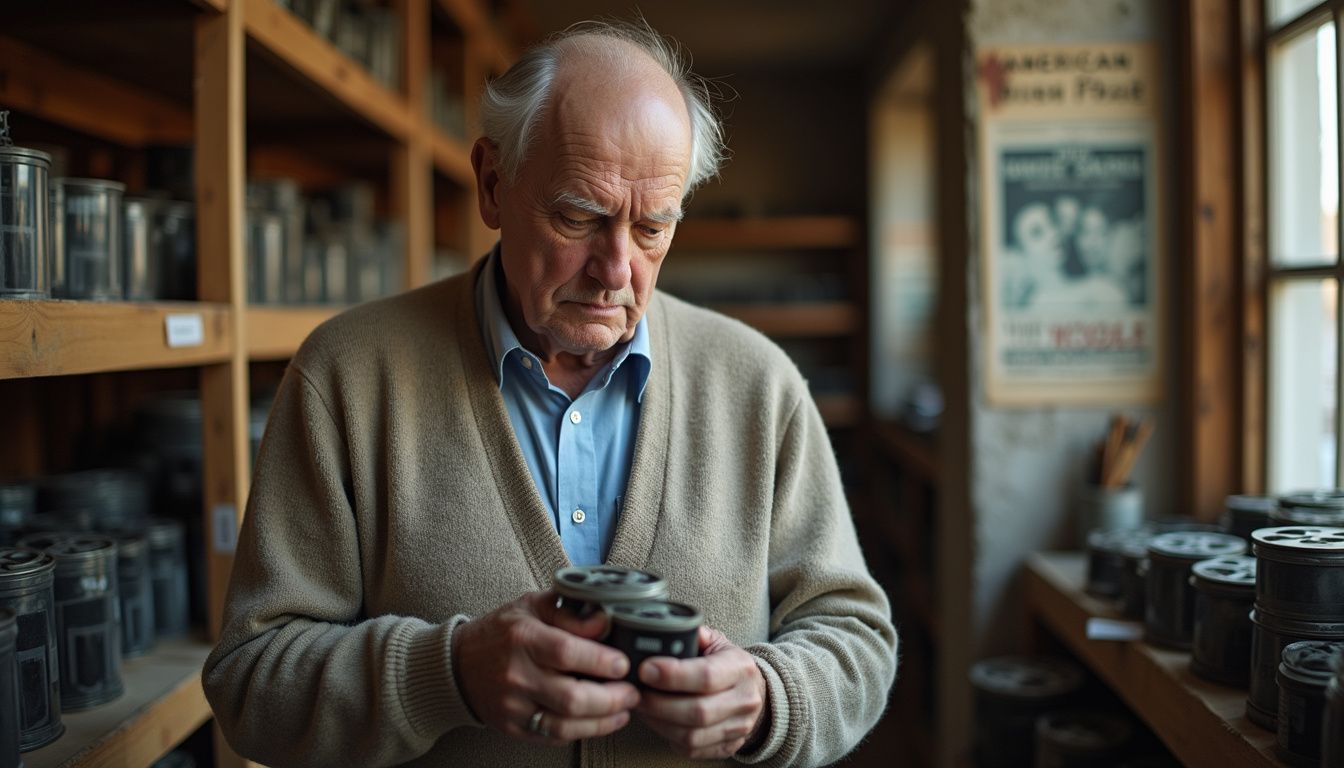
Preserved famous films like Citizen Kane (1941) and Casablanca (1942) act as windows into American movie history. They reflect the values, conflicts, and hopes of their times, which helps you understand the past with more nuance.
Directors such as Orson Welles and Michael Curtiz used cinema to examine power, loyalty, race, and war. Their choices shaped public debate and showed what the art form could do.
Entries on the iconic American films list connect new audiences to key moments through story. The Godfather (1972), for instance, explores family, crime, and duty in ways still discussed today.
This kind of social commentary helps you see both progress and unfinished work. Library of Congress film preservation keeps these voices available for learning and reflection, not locked away in damaged prints.
Skilled preservation teams treat fragile materials, store them properly, and make viewable copies. Through the National Film Registry movies program, they stop decay and keep access open.
These films double as art and documentation. They carry shared stories forward.
Artistic and Cinematic innovation
Innovation is a big reason these famous films endure. Francis Ford Coppola deepened character psychology in The Godfather, charting Michael Corleone’s transformation with quiet detail and tension.
Earlier, Gone with the Wind offered complex figures that challenged expectations in 1939. David Lean expanded scope in Lawrence of Arabia with sweeping desert vistas that still inspire directors.
The Wizard of Oz stood apart with bold color, inventive effects, and memorable music. Dorothy’s journey mixes fantasy with a clear search for courage and belonging, which plays well with all ages.
Registry selections often mark turning points in tools and technique. Choices such as deep focus, unusual angles, and striking color palettes changed how stories feel on screen and influenced filmmakers from Steven Spielberg onward.
I’m going to make him an offer he can’t refuse.
What Is the National Film Registry?
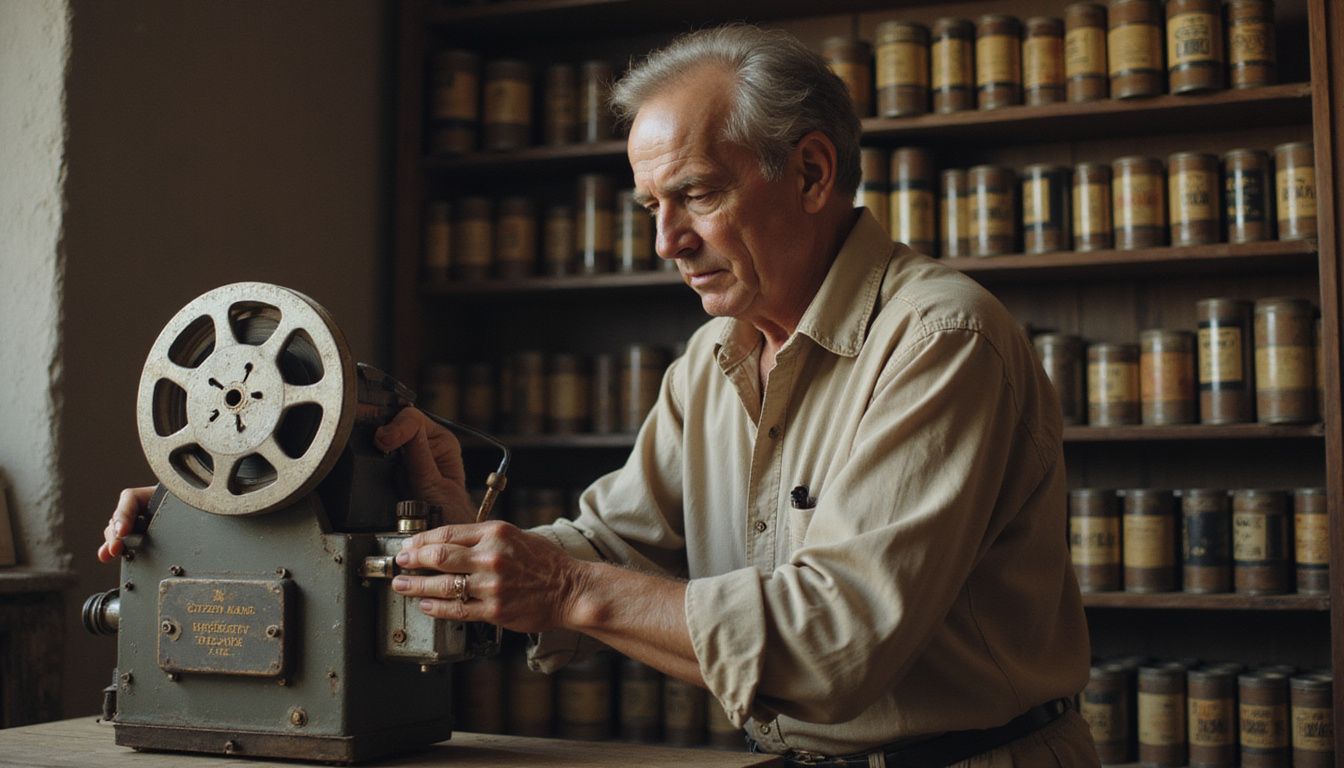
The National Film Registry identifies and preserves Library of Congress movies that shaped culture and craft. It is a public record of iconic films in history, chosen for impact, not popularity alone. So they do not have to be famous films, but it is probably the case that they are in fact famous films.
The National Film Registry is an annual list of films selected by the U.S. Library of Congress for preservation because they are considered culturally, historically, or aesthetically significant to America’s cinematic heritage.
Each year, up to 25 films are added to the National Film Registry. The titles range from renowned Hollywood classics to documentaries, independent films, animation, newsreels, experimental works, home movies, music videos, and even some television content. The main criterion is the film’s significance, rather than length, commercial release, or copyright status pr the fact that they are considered to be famous films.
The Registry was established in 1988 through the National Film Preservation Act, and began selecting movies in 1989. The process involves recommendations from the National Film Preservation Board, film curators, and the public. Priority is given to American works created on film, though eligibility is broad.
Being listed means films are preserved at the Library of Congress, helping raise awareness for film preservation and ensuring that important works in all genres and styles will survive for future generations.
Role in Film preservation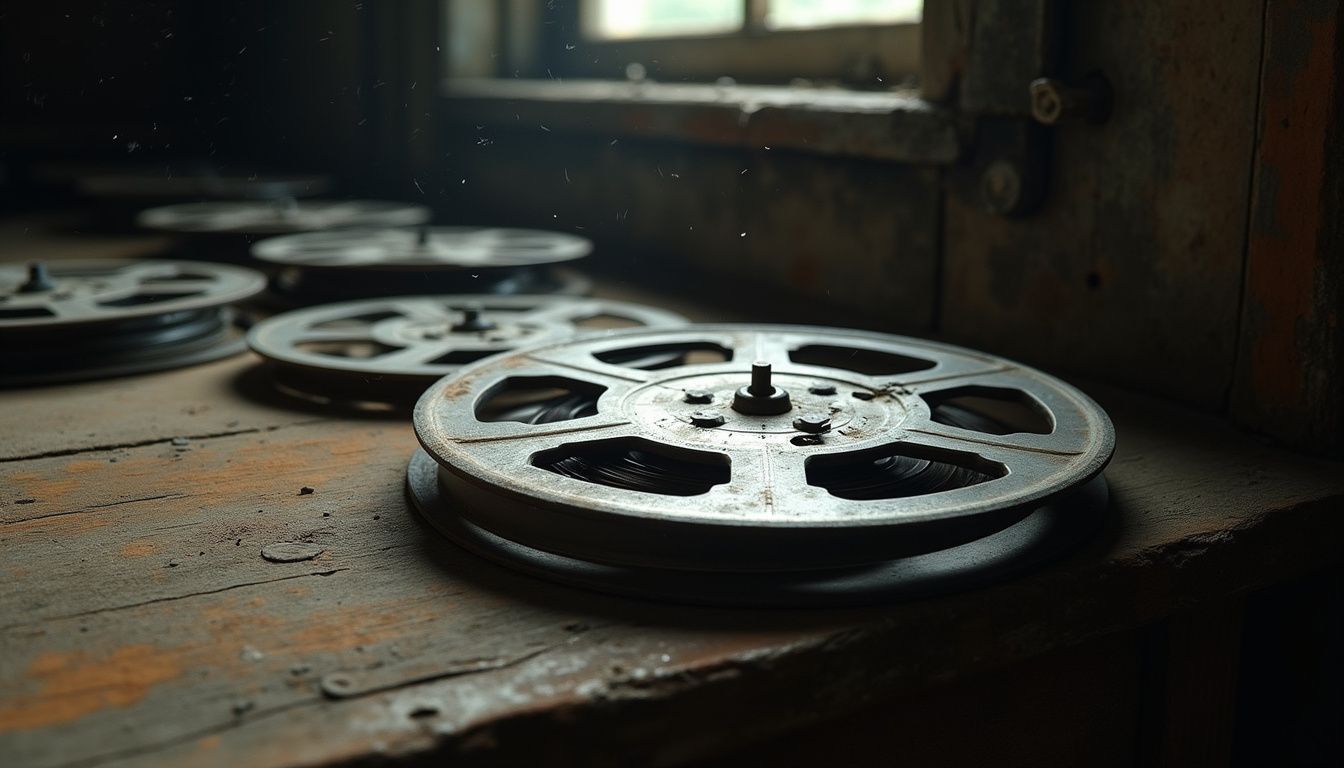
The Registry protects American film heritage so future viewers can see and study it. The Library of Congress safeguards works like Citizen Kane (1941), Casablanca (1942), Gone with the Wind (1939), and Star Wars: Episode IV – A New Hope (1977).
A committee, with input from the National Film Preservation Board and the public, selects at least 25 titles each year. Famous films selected show range in story, technique, and relevance to American life. Saving these films helps people compare eras and inspires new storytellers.
Criteria for selection
The selection process for the National Film Registry takes place each year and involves the public, film experts, and the Library of Congress. Each year, individuals and organizations can nominate films they believe are important; these nominations are reviewed by the National Film Preservation Board alongside recommendations from film scholars, archivists, and other industry professionals.
A film must be at least ten years old and be “culturally, historically, or aesthetically significant” to qualify. The Board considers the merits of nominated films and then submits a list of recommendations to the Librarian of Congress, who makes the final decision on up to 25 titles to be added that year.
Selection is not based on commercial success or popularity but rather on preservation priorities, diversity of genres, and the representation of American cinematic history. Both well-known features and lesser-known works can be selected, including independent, experimental, documentary, and short films.
- A film must be at least ten years old to be considered for timeless movie preservation in the Registry.
- Selectors favor works that reflect the diversity and spirit of American culture. West Side Story (1961) and Do the Right Thing (1989) are clear examples.
- They look for cultural legacy films that mirror changing values or offer standout artistry, such as Raging Bull (1980) or E.T. the Extra-Terrestrial (1982).
- Movies based on a novel of the same name, like The Godfather (1972), often get attention when they shape national conversations or influence other media.
- Scholars, artists, historians, and industry leaders provide input on significance; this keeps the process broad and informed.
- A wide range of genres makes the list, from Singin’ in the Rain (1952) to Star Wars: Episode IV – A New Hope (1977) and Psycho (1960).
- The goal is to protect both blockbusters and breakthroughs that resonate across generations.
- Iconic characters from varied backgrounds, such as Luke Skywalker, Dorothy Gale, Rocky Balboa, and John McClane, often come from these films because their stories connect with millions.
- The Registry balances critical acclaim with public impact. Expert opinion and audience love both matter.
- New titles join a growing archive that preserves America’s rich film history, a gallery of cultural icons to explore for years to come.
How often do previously considered films get re-evaluated?
Previously considered films for the National Film Registry are re-evaluated every year, as the nomination and selection process is open annually to public suggestions and ongoing input from film experts. If a film is nominated but not chosen in a given year, it can be nominated again in subsequent years, and its eligibility or significance may change over time due to shifts in cultural perspectives or preservation priorities.
There is no limit on how often a film can be reconsidered; nominations and expert reviews are always refreshed with each cycle, allowing for ongoing reassessment of works that have not yet been included, regardless of how many times they have previously been discussed.
Factors that most often trigger a major reevaluation of a film
Major reevaluation of famous films is most often triggered by a combination of changing cultural perspectives, generational shifts in tastes, a film’s growing influence, and events such as anniversaries or re-releases that prompt renewed attention. Reappraisal also occurs when critics or audiences revisit famous films with adjusted expectations, often seeing it in a new light after initial reception was influenced by genre biases, marketing, or contemporary social norms.
Additional triggers include:
-
Recognition of a film’s historical significance or prophetic relevance as time passes.
-
Influence on later media, filmmakers, and genres, which becomes clearer in retrospect.
-
Improved accessibility, such as remasters, special editions, or restored versions, allowing new audiences or critics to engage with the work.
-
Celebrity or director prominence draws attention to previously overlooked projects.
-
Shifts in critical frameworks or academic research bringing new interpretations or understanding to older works.
Films can thus be reevaluated for greatness decades after release as their meaning, reputation, and relevance evolve alongside society and cinematic discourse
Iconic Famous Films Recognized by the National Film Registry
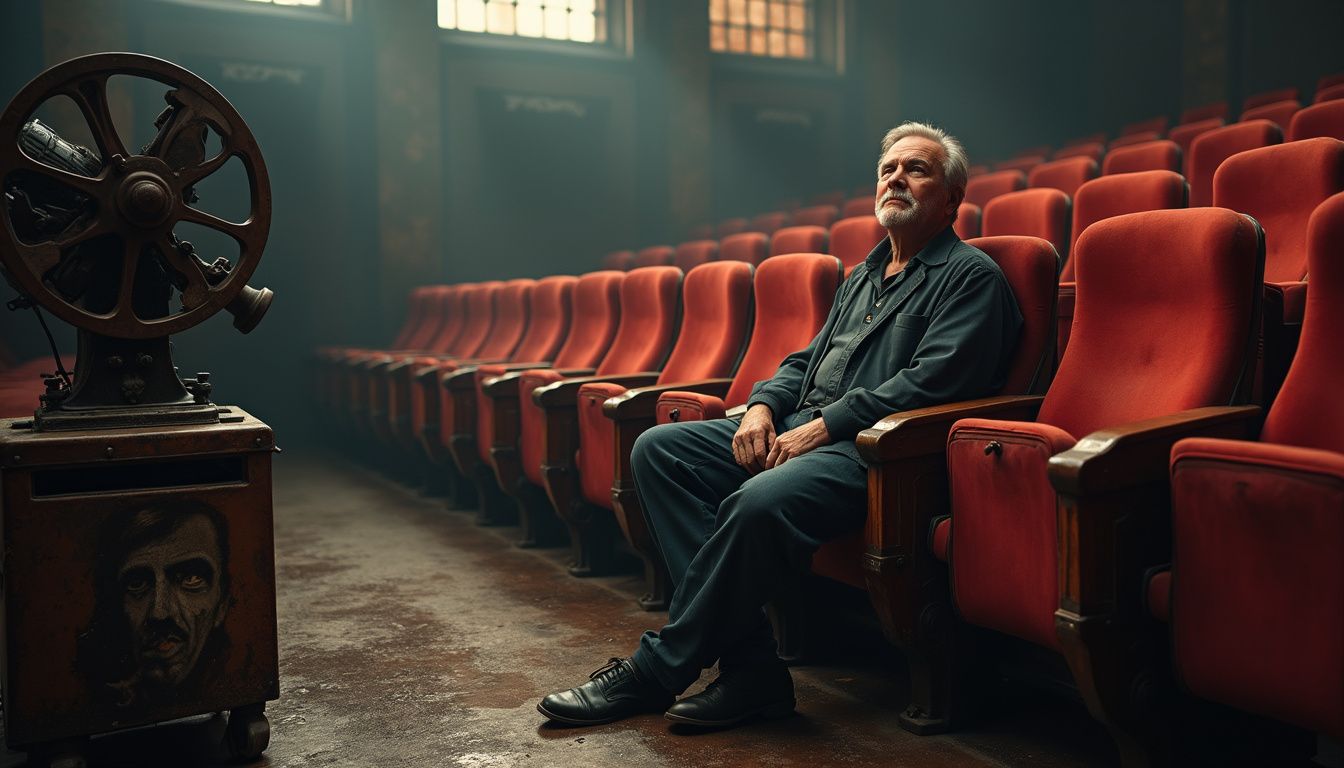
The Registry honors landmarks like Star Wars: Episode IV – A New Hope and The Godfather for their reach and craft. These films introduced characters that remain part of daily conversation.
Casablanca (1942)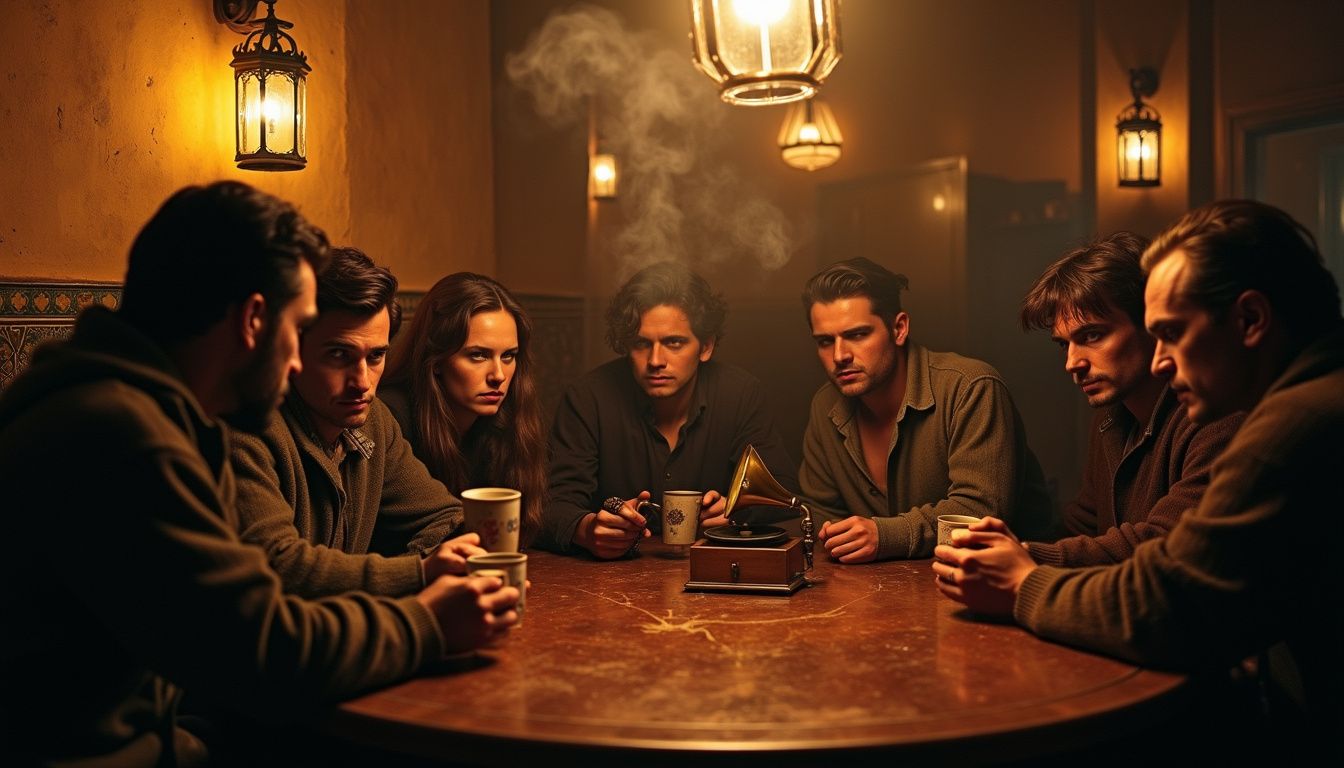
Directed by Michael Curtiz, Casablanca blends romance, sacrifice, and wartime intrigue. Humphrey Bogart plays Rick Blaine, a weary club owner in Morocco who faces tough choices when love and duty collide.
Ingrid Bergman’s Ilsa and Paul Henreid’s resistance leader raise the stakes in every scene. The dialogue is sharp, and lines like Here’s looking at you, kid
still echo today.
Famous films like Casablanca shows how personal decisions shape larger events. Its preservation confirms the film’s value to both history and popular culture.
Citizen Kane (1941)
Citizen Kane studies ambition and loss through the rise of Charles Foster Kane. Orson Welles uses deep focus, a technique keeping foreground and background sharp at once, to layer meaning in each shot.
Flashbacks and shifting viewpoints reveal Kane’s inner conflict. The single word Rosebud
hints at the cost of his success.
The film earned nine Oscar nominations and won Best Original Screenplay. Its selection by the Library of Congress reflects its cultural, historical, and aesthetic impact alongside On the Waterfront, Jaws, Star Wars: Episode IV – A New Hope, and Apocalypse Now.
The Godfather (1972)
Francis Ford Coppola crafts a layered portrait of power, loyalty, and family. Marlon Brando, Al Pacino, and James Caan bring the Corleone world to life with quiet intensity.
Gordon Willis’s moody lighting and framing set a standard for crime dramas. Mario Puzo co-wrote the script, shaping dialogue that still defines the genre.
Nino Rota’s theme is instantly recognizable. The film’s Registry status marks it as a cornerstone of American cinema.
Star Wars: Episode IV – A New Hope (1977)
A New Hope reshaped science fiction for the big screen. Audiences met Luke Skywalker, Princess Leia, Han Solo, and Darth Vader in a fast, hopeful adventure.
George Lucas set new standards for effects and sound design. Droids like R2-D2 and creatures across the saga, including Jabba the Hutt, became cultural touchstones.
John Williams’s score powers the emotion and momentum. The plot blends myth and modern action as the Rebel Alliance takes on the Empire and the Death Star.
Themes of courage, friendship, and hope keep drawing new fans. Many later films borrow its blend of character, spectacle, and heart. You can even spot callbacks in time-travel famous films favorites like Back to the Future with Doc Brown and Marty McFly.
Timeless Classics Across Decades
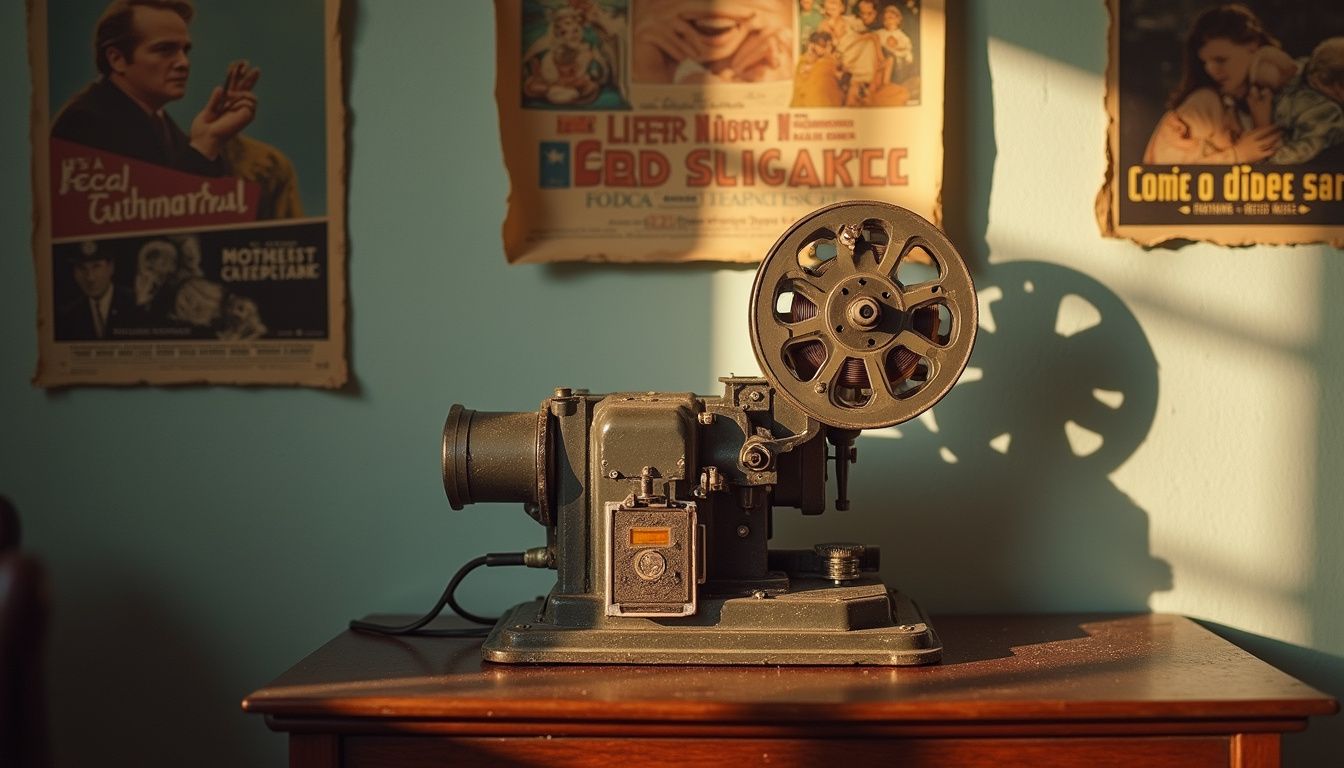
From 1930s fantasies to 1950s dramas, you will find timeless famous films that still feel fresh. These stories mix strong characters with clear moral stakes.
The Wizard of Oz (1939)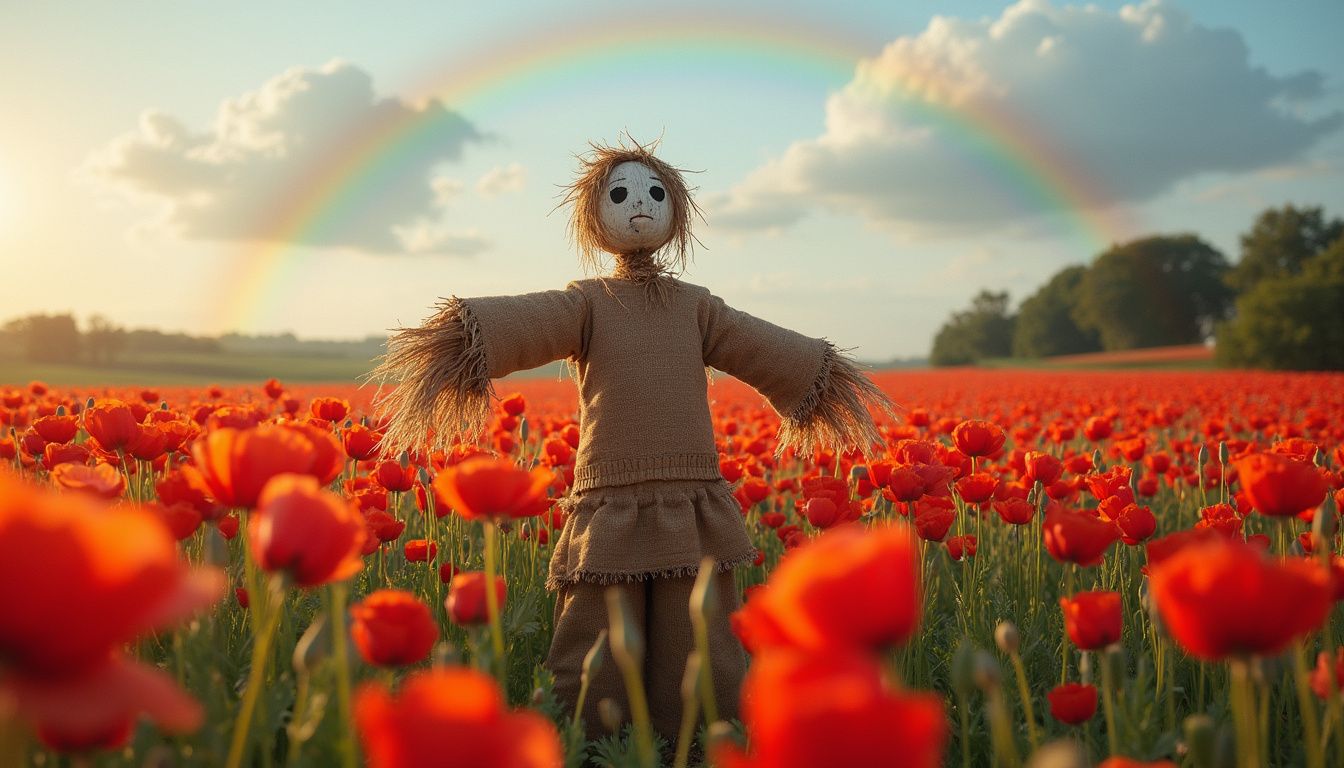
Judy Garland’s Dorothy travels to a magical land of Oz and makes friends with the Scarecrow, Tin Man, and Cowardly Lion. Each wants help from the Wizard, while Dorothy hopes to get home.
Toto tags along, Glinda guides her, and Margaret Hamilton’s Wicked Witch raises the stakes. Over the Rainbow
became a timeless song for good reason.
The film’s Technicolor visuals and confident design set it apart. Many still return to it for a simple message, you already carry more courage than you think.
It’s a Wonderful Life (1946)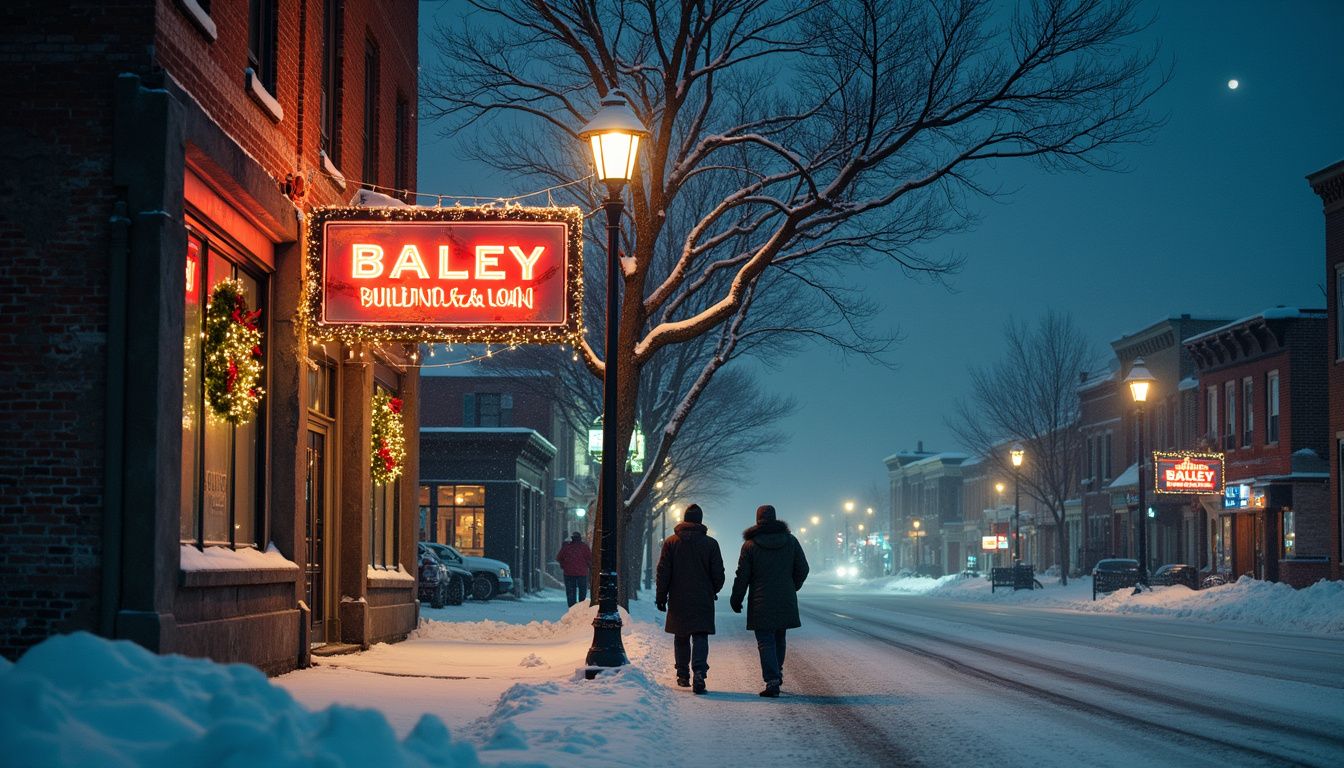
Frank Capra’s classic centers on George Bailey, played by James Stewart. Facing financial ruin, he doubts his worth until an angel shows him how much he has done for others.
The story honors small acts that build community. Though it struggled at first, annual holiday viewings turned it into a favorite across generations.
Its focus on purpose and kindness keeps it relevant. This became one of the famous films as it stands with other cultural touchstones like On the Waterfront and Jaws in examining individual impact.
Singin’ in the Rain (1952)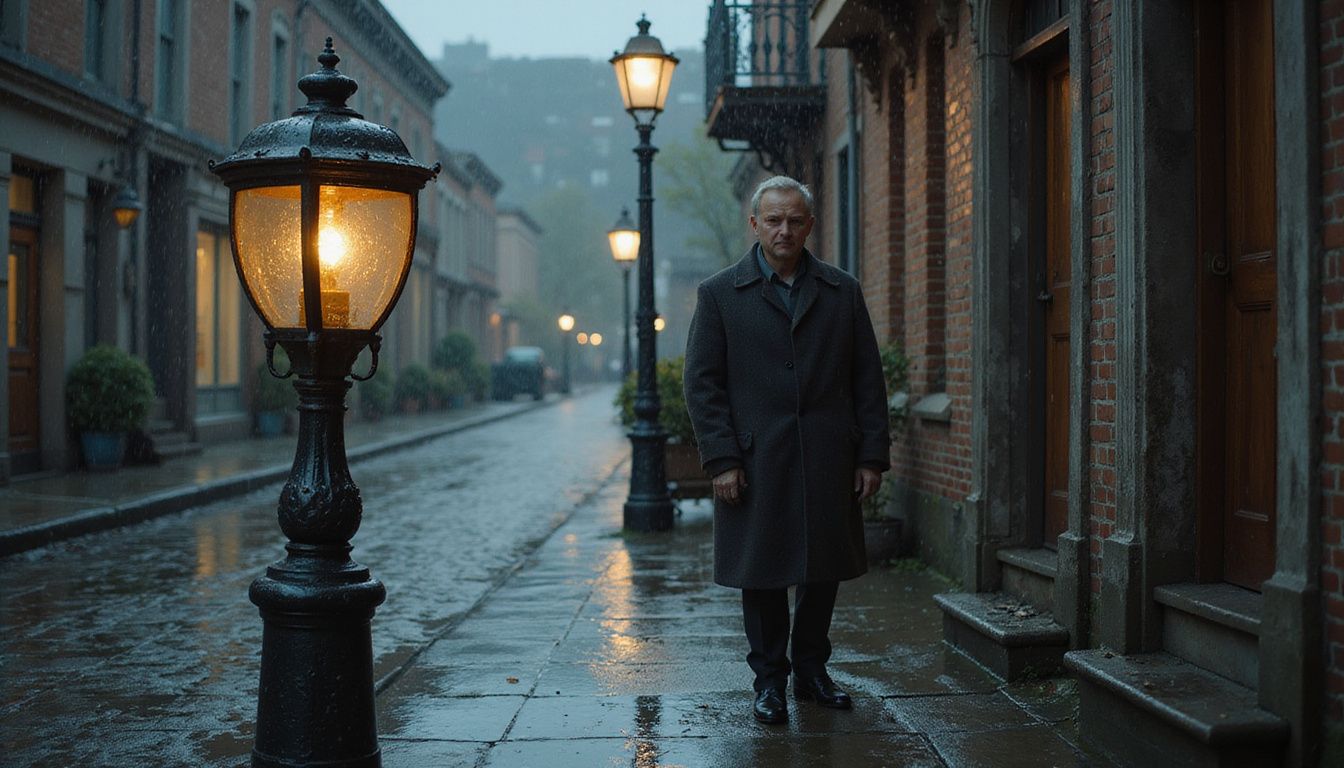
Gene Kelly, Debbie Reynolds, and Donald O’Connor light up a musical about Hollywood’s shift from silent films to sound. The humor is sharp, and the choreography is inventive.
Kelly staged elaborate numbers that still thrill. The title sequence became one of cinema’s most loved scenes, thus becoming one of histories famous films.
Co-director Stanley Donen pushed staging and timing at MGM. The film’s influence shows up in later musicals and in winks throughout pop culture.
12 Angry Men (1957)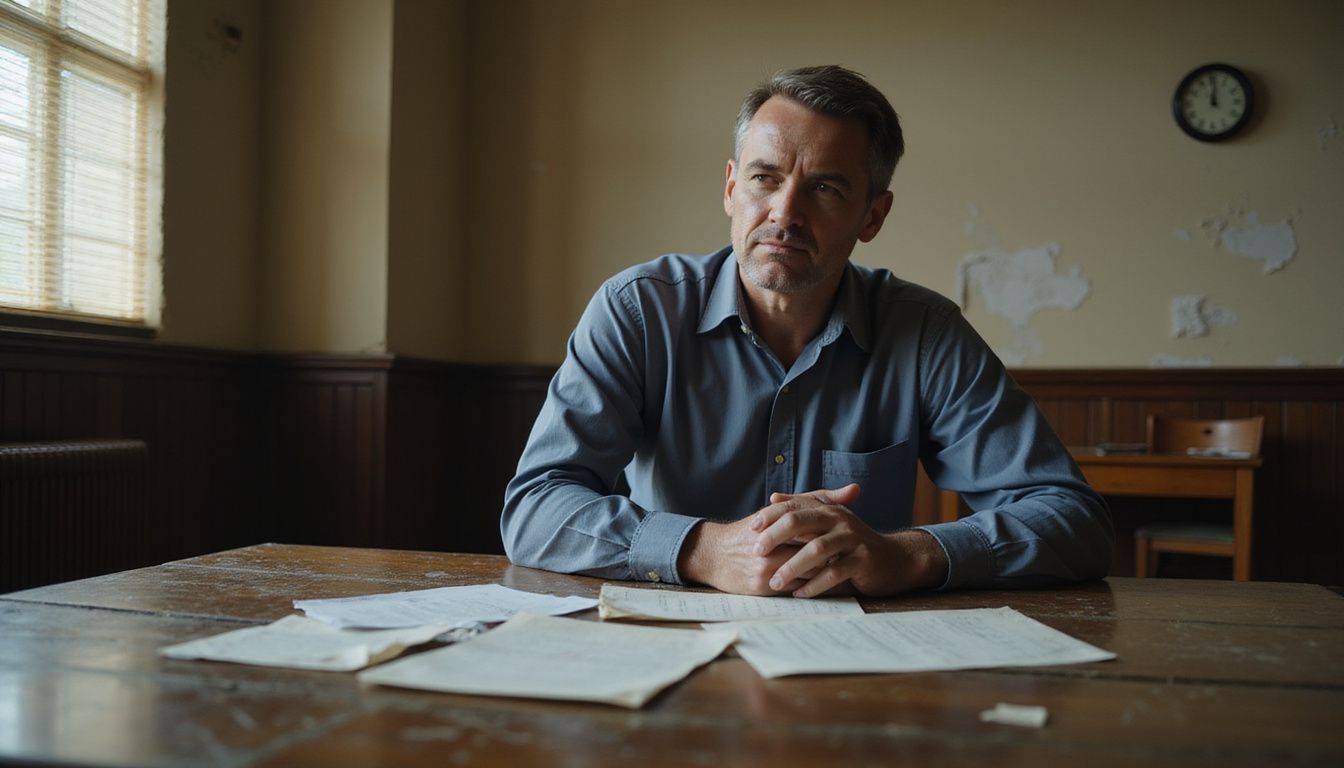
In Sidney Lumet’s debut, twelve jurors weigh a life-or-death case in one room. Henry Fonda’s Juror 8 asks for careful debate before a quick verdict.
The film explores justice, bias, and duty through conversation and subtle shifts. Teachers still use it to explain reasonable doubt and fair process.
Its power comes from words, faces, and rising tension. The Registry preserves it as a model of focused, character-driven storytelling.
Why Do Famous Films Endure?
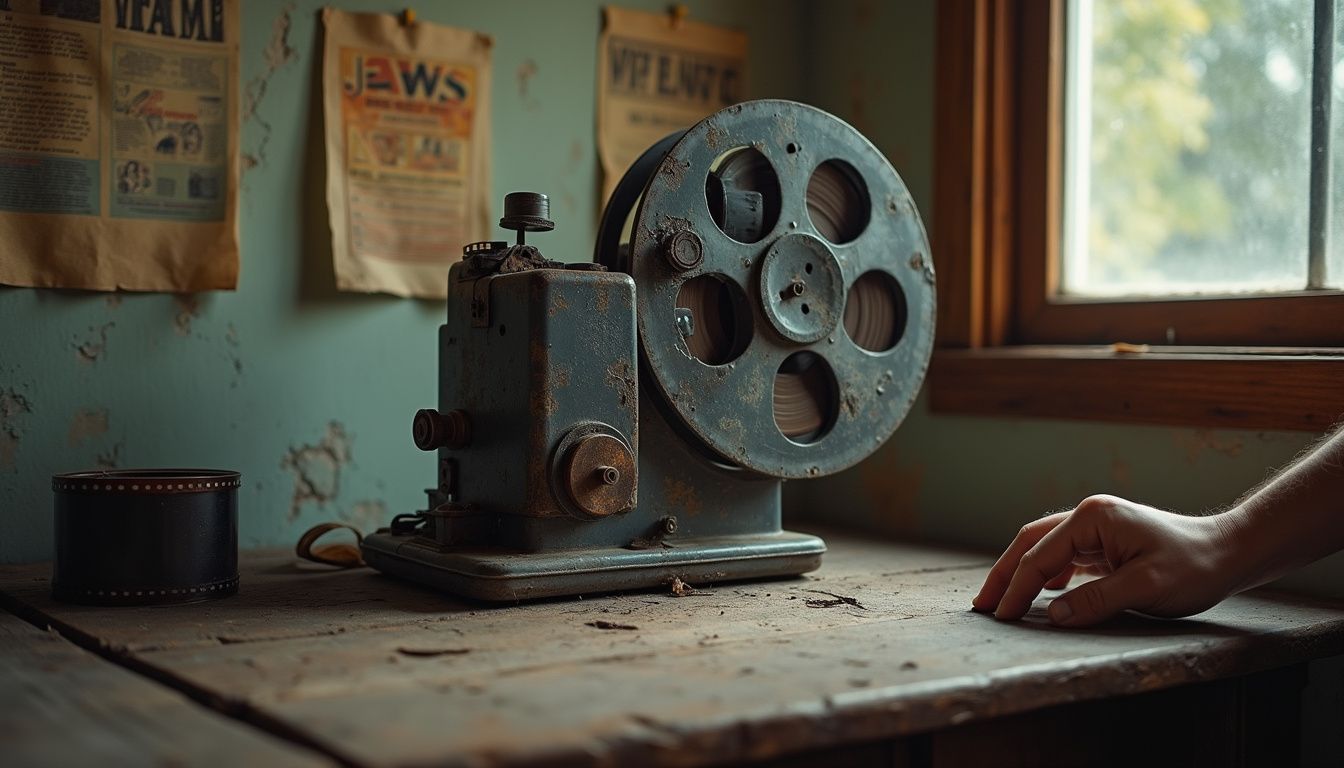
Movies like A New Hope and Jaws keep pulling you back because the stakes are human and clear. Strong characters face hard choices, and the craft serves the story.
Famous films endure because they tap into universal themes, feature unforgettable characters, employ masterful storytelling, and often reflect or shape the culture and history of their time. These qualities allow them to resonate with audiences across generations and maintain relevance despite the passage of time.
Universal Themes
Timeless famous films often address core human experiences—love, friendship, ambition, conflict, and hope—that remain relatable regardless of era. Such themes transcend cultural and historical boundaries, making the films meaningful for diverse audiences far into the future.
Iconic Characters
Enduring famous films feature characters with depth, complexity, and relatability, leaving a lasting impression on viewers. Legendary performers, such as Marilyn Monroe or Cary Grant, contributed to film longevity by creating lasting cultural symbols and emotional connections.
Storytelling Mastery
A film’s narrative structure and dialogue often determine its lasting appeal and becoming one of the collection of famous films. Movies with innovative storytelling, memorable scripts, and well-crafted plots tend to remain exciting and entertaining even as filmmaking technology and trends evolve.
Cultural and Artistic Legacy
Classic films are part of collective cultural heritage—they offer a window into the values, technologies, and artistry of their era. Restoration efforts, celebrity culture, and the discipline of the studio system also help preserve films for new generations, reinforcing their ongoing influence.
Unique Style and Vision
Some films become iconic because of their imaginative vision, aesthetic, or technical achievements. Distinct styles, such as Kubrick’s camera techniques or the groundbreaking effects in “Tron,” can set a film apart and make it memorable for decades.
Shared Experience and Escapism
Watching classic movies brings people together—providing comfort, nostalgia, and a sense of continuity in a changing world. Films enable viewers to escape to other times and places while also learning about history, society, and themselves.
Universal themes and storytelling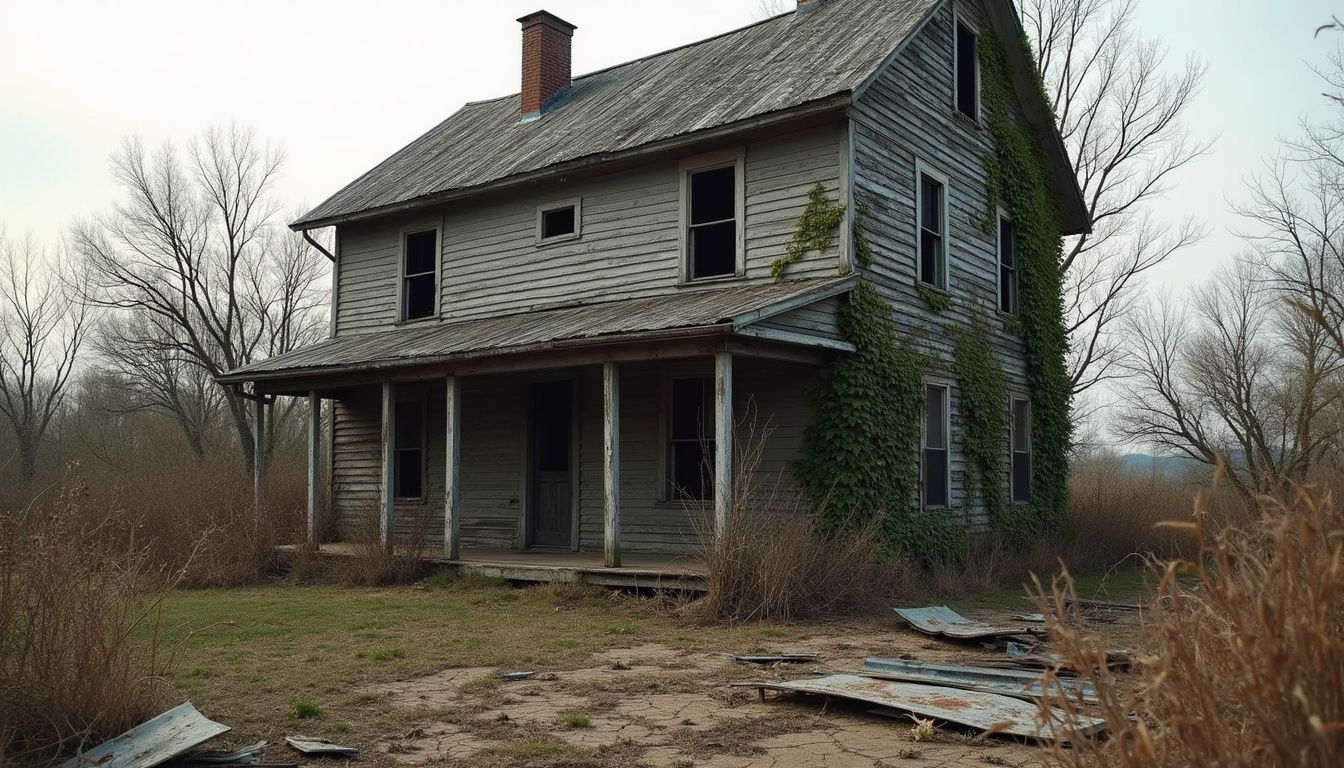
Great and famous films speak to ideas everyone knows, love, sacrifice, identity, and moral conflict. Casablanca sets romance against resistance. In Citizen Kane, a powerful man searches for meaning.
The National Film Registry protects works like On the Waterfront (1954), Schindler’s List (1993), Jaws (1975), Star Wars: A New Hope (1977), Rocky (1976), Back to the Future (1985), and Pulp Fiction (1994) for their cultural importance.
Each one uses strong storytelling techniques to reach wide audiences. From Boba Fett’s quiet intensity in the original Star Wars trilogy to Aragorn’s leadership in The Return of the King, these arcs feel honest and personal.
Clear plots, vivid stakes, and characters who change over time make these films easy to revisit and share.
Influence on modern cinema
Directors today build on lessons from Citizen Kane and Apocalypse Now. Orson Welles used unusual angles, deep focus, and non-linear structure to pull you deeper into the frame.
Francis Ford Coppola fused bold images with layered sound to create mood and pressure. Many filmmakers borrow these tools to keep viewers engaged.
Modern stories in today’s famous films still wrestle with power, love, and loss, much like The Godfather and Casablanca. Shifts in gender roles and community life show up on screen, as they did in Singin’ in the Rain and It’s a Wonderful Life.
Registry films influence both themes and style. You can spot tributes across space adventures and thrillers, and even in films with ships like Nostromo from Alien. Fan groups, including spaces like r/movies, help you see these links with smart discussion.
Conclusion

Thanks to archives and the National Film Registry, these culturally significant films remain easy to find and study. Casablanca, Citizen Kane, and The Godfather still teach you about storytelling, creativity, and history.
Use guides from trusted groups like the American Film Institute to build your watchlist fast. Communities about famous films can point you to hidden gems and smart context.
Every time you watch and share these Library of Congress movies, you help keep our cinematic heritage alive. That is how classic stories stay part of daily life.
FAQs
1. What makes a famous film a cultural icon worthy of preservation?
A famous film earns the status of a cultural icon when it shapes public conversation, reflects social values, or influences art and society. Preservation groups select these films for their lasting impact on culture and history.
2. How are famous films chosen for preservation in official galleries?
Committees review each film’s artistic merit, historical value, and influence on audiences. They use strict criteria to ensure only works with clear significance join the gallery of preserved classics.
3. Why is preserving significant famous films important for future generations?
Preserving influential famous films helps people understand past events, beliefs, and creative trends. These films serve as educational tools that connect viewers to shared heritage across time.
4. Can new releases become part of this gallery of cultural icons?
Yes; recent famous films can earn recognition if they quickly show strong influence or capture key moments in society. Experts monitor both older masterpieces and modern hits to keep the collection relevant and complete.


 Cart is empty
Cart is empty 








